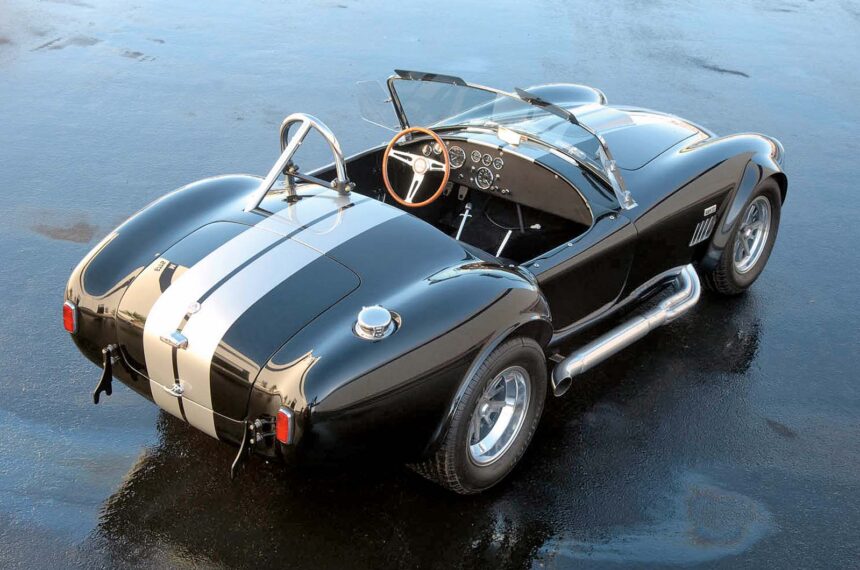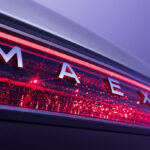In 1982, Autokraft, a British Cobra specialist, obtained permission from AC to revive production with the MkIV model. The team led by Brian Angliss did an exceptional job, prompting AC’s owners to sell the company to him in 1986. Ford also granted him the rights to use the iconic Cobra name. However, tensions arose when Carroll Shelby decided to restart Cobra production in the US, sparking a public dispute between the two parties.
Angliss asserted that all Cobras were originally made by AC in the UK, with each chassis meticulously recorded in the company’s factory records. The chassis were then shipped to Shelby American for final assembly, excluding the engine and gearbox. On the other hand, Shelby claimed that AC was merely a subcontractor, and some Cobras were also produced in Italy and the US. He emphasized that the development work was done in the States, dismissing Angliss’s claims of AC’s efforts to enhance the 427 variant.
The conflict escalated as Shelby criticized Angliss’s involvement in the Cobra production, suggesting that customers preferred cars built under his supervision. Despite the disagreements, both parties played significant roles in the legacy of the Cobra, with each contributing to its unique design and performance.
In a nostalgic throwback to the golden era of automotive craftsmanship, the image above showcases the timeless appeal of the original RT Cobra. Its sleek silhouette and powerful stance capture the essence of a bygone era when muscle cars ruled the roads. As we reflect on the rivalry between Angliss and Shelby, it becomes evident that their passion for excellence fueled the success of the Cobra brand, leaving an indelible mark on automotive history.
With a rich heritage rooted in innovation and competition, the Cobra continues to inspire generations of enthusiasts and collectors alike. Whether it’s the roar of the engine or the thrill of the open road, the spirit of the Cobra lives on in every twist and turn, reminding us of the enduring legacy of true automotive craftsmanship.







